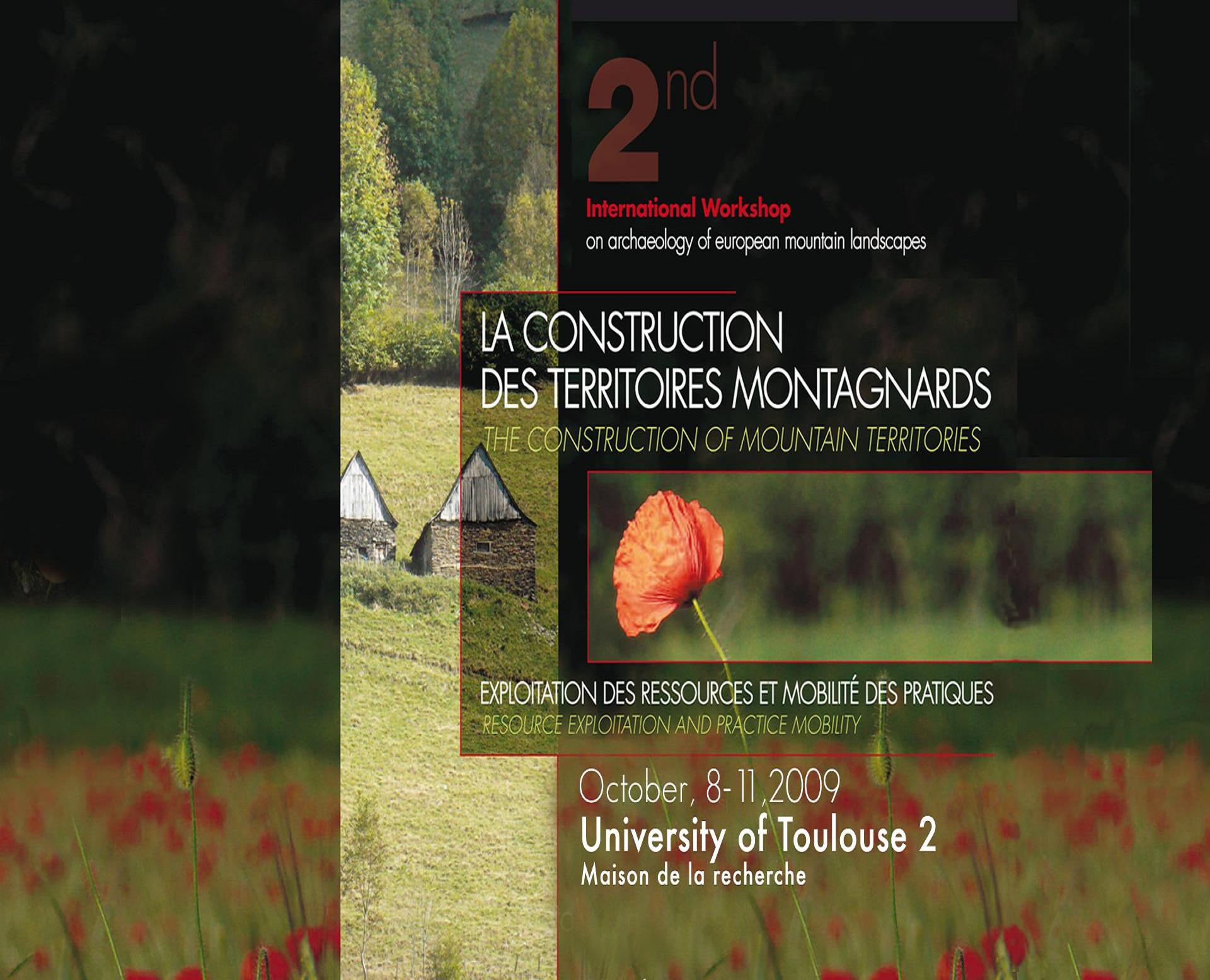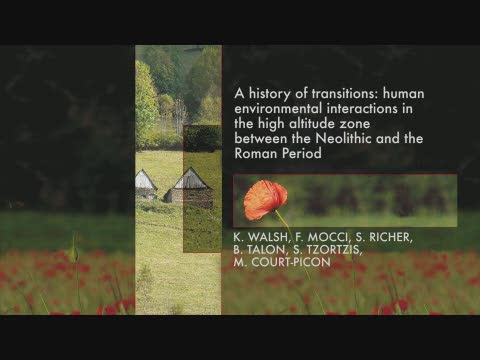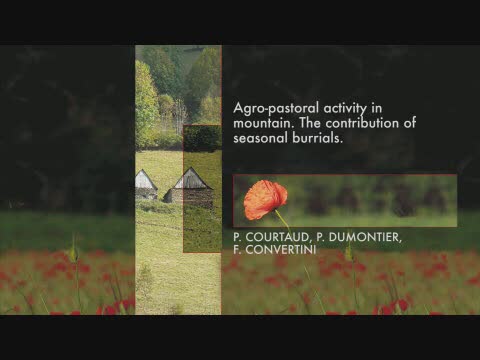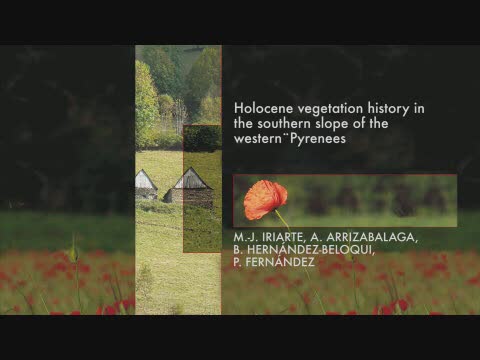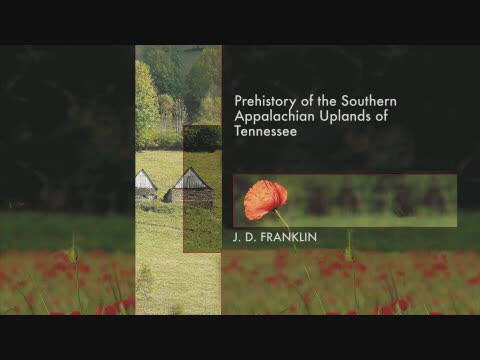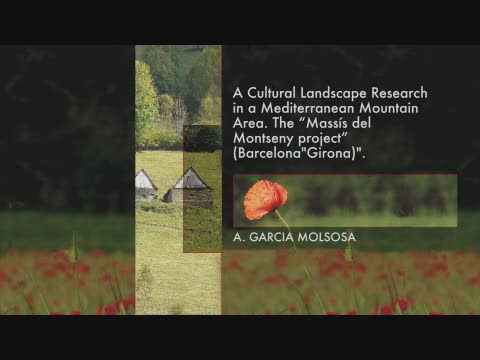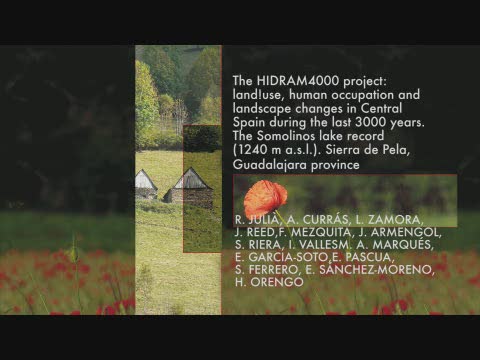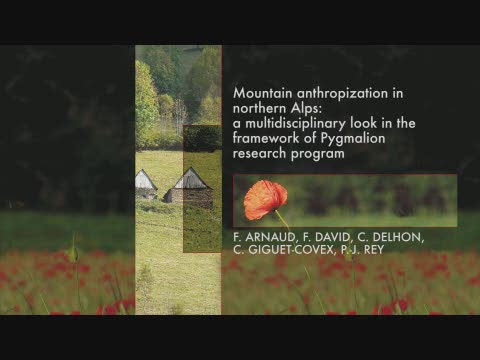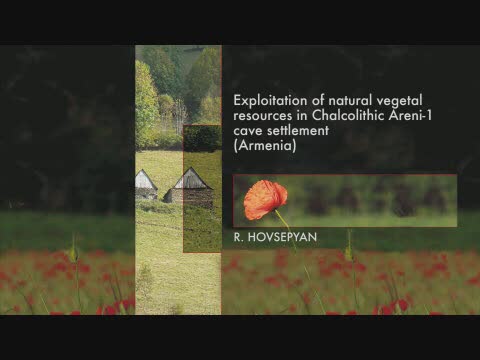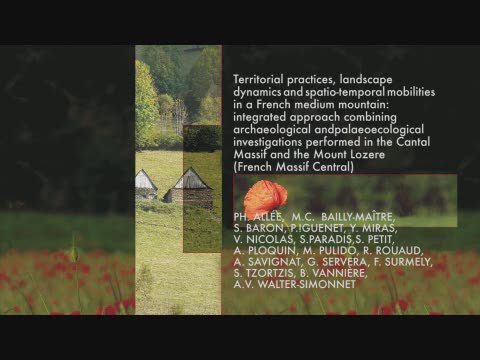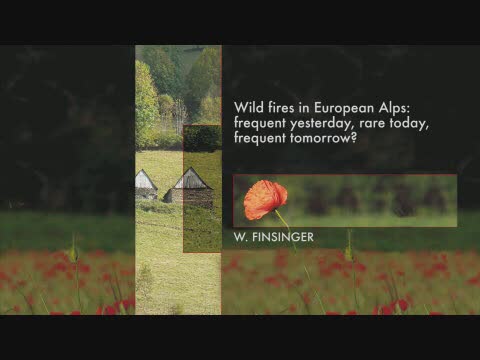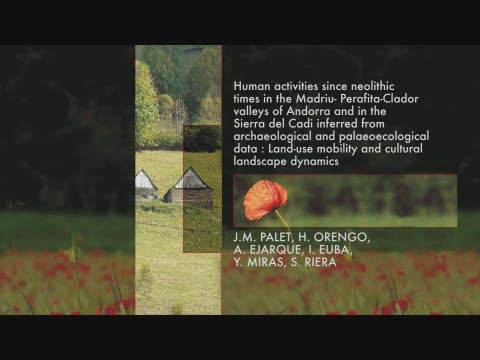Notice
Iron mining and smelting from the late to early medieval Periods in the Mercantour / P. Rosenthal
- document 1 document 2 document 3
- niveau 1 niveau 2 niveau 3
Descriptif
Iron mining and smelting at high altitude from the late Roman to early medieval Periods in the Mercantour massif (Alpes-Maritimes, France). Patrick ROSENTHAL. In 2eme workshop d'Archéologie du paysage des montagnes européennes "La construction des territoires montagnards : exploitation des ressources et mobilité des pratiques" organisé par les Laboratoires GEODE et TRACES (Toulouse) et le Centre d'Archéologie Préhistorique du Rhône aux Alpes (Valence, France). Université Toulouse II-Le Mirail, 8-11 octobre 2009. [Première journée.]
Field investigations we carried out throughout the Argentera-Mercantour massif since 2001, threw important new light on the origin of iron metallurgy in the southern Alps, up to now not very known (Despine, 1823, Roux, 1862, Domergue and Leroy, 2000, Mangin, 2004). The results obtained make it possible to draw up a chronological assessment of three mining and smelting districts in this context of high altitude (fig.1). Each of them includes one iron mine or quarry site on a ridge which supplied downstream one or more metallurgical areas showing remains of bloomeries, early forms of furnace capable of smelting iron.
In the Saint-Etienne-de-Tinée district, field investigations identified open pit mining works on the top of Tortisse valley between 2 500 and 2 700 m. They are related to the primary mineralized lodes in the paleozoic micaschists of the Cime du Fer, and a sedimentary breccia in the triassic cargneules, reworking micaschists and hematite fragments from the lodes. Ore dressing areas are located below the screes. Downstream, charcoal kilns and smelting sites with slags and furnace wall fragments have been identified at an altitude of between 2 050 and 2 070 m, close to settlements and dry stone enclosure.
In the Isola district, a single exploration, in 2008, provided the first elements of an iron district in connection with the hematite occurence of Tête rocheuse de la Guercha (Pierrot et Al., 1974). The mineralization, located in the gneisses and migmatites of the series of Rabuons shows that the vein of iron oxide has been hollowed out as a mine at several points around 2600 m, below the summit.
Downstream, in the Vallon de la Guercha, three places of bloomery have been already discovered near 1600 m. In the Valdeblore district, the iron ore resources of Col Ferrière are located in the upstream part of the Millefonts valley, between 2 225 and 2484 m high. They are associated with the mylonitized gness formation of Valletta-Mollières (Faure-Muret, 1955). Mylonite and its margins are affected by a multidirectional fracturing : cracks and joints are cemented by ferruginous hematite fillings (Pierrot and Al, 1974). Hematite outcrops were mainly exploited by open quarries. They supplied three main areas of metallurgy :
- Towards the South, in the Millefonts valley sorting and crushing were carried out directly by the mines at an altitude of 2400 to 2484 m. The ore was smelted in bloomeries, whose remains spread out from 2010 m to 1480 m (Morin, Rosenthal, 2006).
- Towards the North in the Margès valley, metallurgical remains were found between 2145 m and 1785 m.
- In the Mollières valley, slags and furnace fragments were discovered at an altitude of 1675 m to 1670 m. Footpaths connected the mining works to the smelting sites.
Charcoals samples for 14C dating were collected on the sites with slags by coring or directly on outcropping structures of combustion. Calibrated dates gathered by sites highlight a metallurgical activity between the IInd century BC and the VIIth century AD, for the Valdeblore district. In the Saint-
Etienne-de-Tinée and Isola districts, the ages range between the IIIrd and the VIth centuries AD.
The three iron mining and smelting districts recognized in the Mercantour massif show a similar pattern of organization. Mining and ore dressing took place directly in the alpine level between an altitude of 2 700 and 2400 m. Sorted and sized ore was transported downstream. The higher smelting workshops are located at an altitude between 2145 and 2000 m, near the present higher forest limit, and the others bloomeries range mainly in the subalpine zone and lower. This activity spreads out between the IInd century BC and the VIIth century AD. The mines and slags deposits of Valdeblore are the highest elevation iron metallurgy remains dated known in Europe. The field investigations inventory sets the localisation and the age range of the Mercantour iron mining and smelting. Saint-Etienne-de-Tinée and Valdeblore districts hold the highest known and dated iron metallurgy remains in Europe.
Intervention / Responsable scientifique
Thème
Documentation
Pistes documentaires
- "Sommets de métal". Denis MORIN. Journal du CNRS n° 208, mai 2007.
- Des vestiges d'activités minières antiques sur les hautes cîmes des Alpes. Denis MORIN. Communiqué de presse du CNRS, Paris, 3 avril 2007.
- L’exploitation des données géologiques pour l’archéologie et la paléométallurgie : un préalable à la prospection, un support parlant pour un document de synthèse. Patrick ROSENTHAL. In Barge Hélène, 4000 ans d’histoire des mines : l'exemple de la région PACA. CD Actilia Multimedia, 2006, p. 197-202.
- "Les ressources minières du haut fourneau de Montagney : gîtes minéraux et exploitations minières". Denis MORIN et Patrick ROSENTHAL. Bulletin de la Société Suisse d'Histoire des Mines, Minaria Helvetica n° 20b, 2000.
Liens
Site de l'Equipe interdisciplinaire d'études et de Recherches archéologiques sur les Mines anciennes et le Patrimoine industriel regroupant des chercheurs autour de l'étude
SAFEMMla prospection et la fouille des mines de fer du bassin de Lorraine
Sidérurgie antique dans la Montagne Noiredes mines polymétalliques du Warndt ainsi que les exploitations minières du Grand Est de la France.
Dans la même collection
-
La construction des territoires montagnards : exploitation des ressources et mobilité des pratiques…
GalopDidierThe occupation and the exploitation of mountain environments, both during conquest and maximum demographic phases, or on the contrary, during desertification phases, differ in geographical
-
Human environmental interactions in high altitude zone between Neolithic and roman period / K. Walsh
WalshKevinA History of Transitions : human environmental interactions in the high altitude zone between Neolithic and roman period. Kevin WALSH. In "La construction des territoires montagnards : exploitation
-
L'agro-pastoralisme en milieu montagnard : l'apport des sépultures saisonnières / Patrice Courtaud
CourtaudPatriceL'agro-pastoralisme en milieu montagnard : l'apport des sépultures saisonnières. Patrice COURTAUD. In "La construction des territoires montagnards : exploitation des ressources et mobilité des
-
L'évolution végétale holocène sur le versant sud des Pyrénées occidentales / Maria-José Iriarte
IriarteMaría JoséL'évolution végétale holocène sur le versant sud des Pyrénées occidentales. Maria José IRIARTE. In "La construction des territoires montagnards : exploitation des ressources et mobilité des pratiques"
-
Prehistory of the Southern Appalachian uplands of Tennessee / Jay Franklin
FranklinJay D.Prehistory of the Southern Appalachian uplands of Tennessee. Jay FRANKLIN. In "La construction des territoires montagnards : exploitation des ressources et mobilité des pratiques", 2e International
-
A cultural landscape research in a mediterranean mountain (Barcelona-Girona) / A. Garcia Molsosa
Garcia MolsosaArnauA cultural landscape research in a mediterranean mountain area : the "Massis del Montseny project" (Barcelona-Girona) / A. GARCIA MOLSOSA. In "La construction des territoires montagnards :
-
The Hidram4000 project : land use, human occupation and lanscape changes in Spain / A. Curras
Currás DominguezAndresThe Hidram4000 project : land use, human occupation and lanscape changes in Spain during the last 3000 years. The Somolinos lake record (1240 M A.S.L.) : Siera de Pela, Guadalajara Province. Andres
-
Mountain anthropization in Alps : a multidisciplinary look in the Pygmalion program / F. Arnaud
ArnaudFabienMountain anthropization in Alps : a multidisciplinary look in the framework of Pygmalion research program. Fabien ARNAUD. In "La construction des territoires montagnards : exploitation des ressources
-
Exploitation of natural vegetal resources in chalcolithic areni-1 cave (Armenia) / R. Hovsepyan
HovsepyanRomanExploitation of natural vegetal resources in chalcolithic areni-1 cave settlement (Armenia). Roman HOVSEPYAN ovsepyan, Roman. In "La construction des territoires montagnards : exploitation des
-
Territorial practices, landscape dynamics and mobilities in a french mountain / P. Allée, Y. MIras
AlléePhilippeMirasYannickTerritorial practices, landscape dynamics and spatio-temporal mobilities in a french medium mountain : integrated approach combining archaeological and paleoecological inverstigations performed in the
-
Wildfires in european alps : frequent yesterday, rare today, frequent tomorrow ? / W. Finsinger
FinsingerWalterWildfires in european alps : frequent yesterday, rare today, frequent tomorrow ?. Walter Finsinger. In "La construction des territoires montagnards : exploitation des ressources et mobilité des
-
Exploitation des vallées andorranes depuis le Néolithique/ J.-M. Palet Martinez, H. Orengo Romeu
Palet i MartínezJosep M.Orengo RomeuHèctor A.L'exploitation des ressources des vallées andorranes du Madriu-Perafita-Claror et de la chaîne du Cadi (Pyrénées orientales) depuis le Néolithique à partir des données archéologiques et


